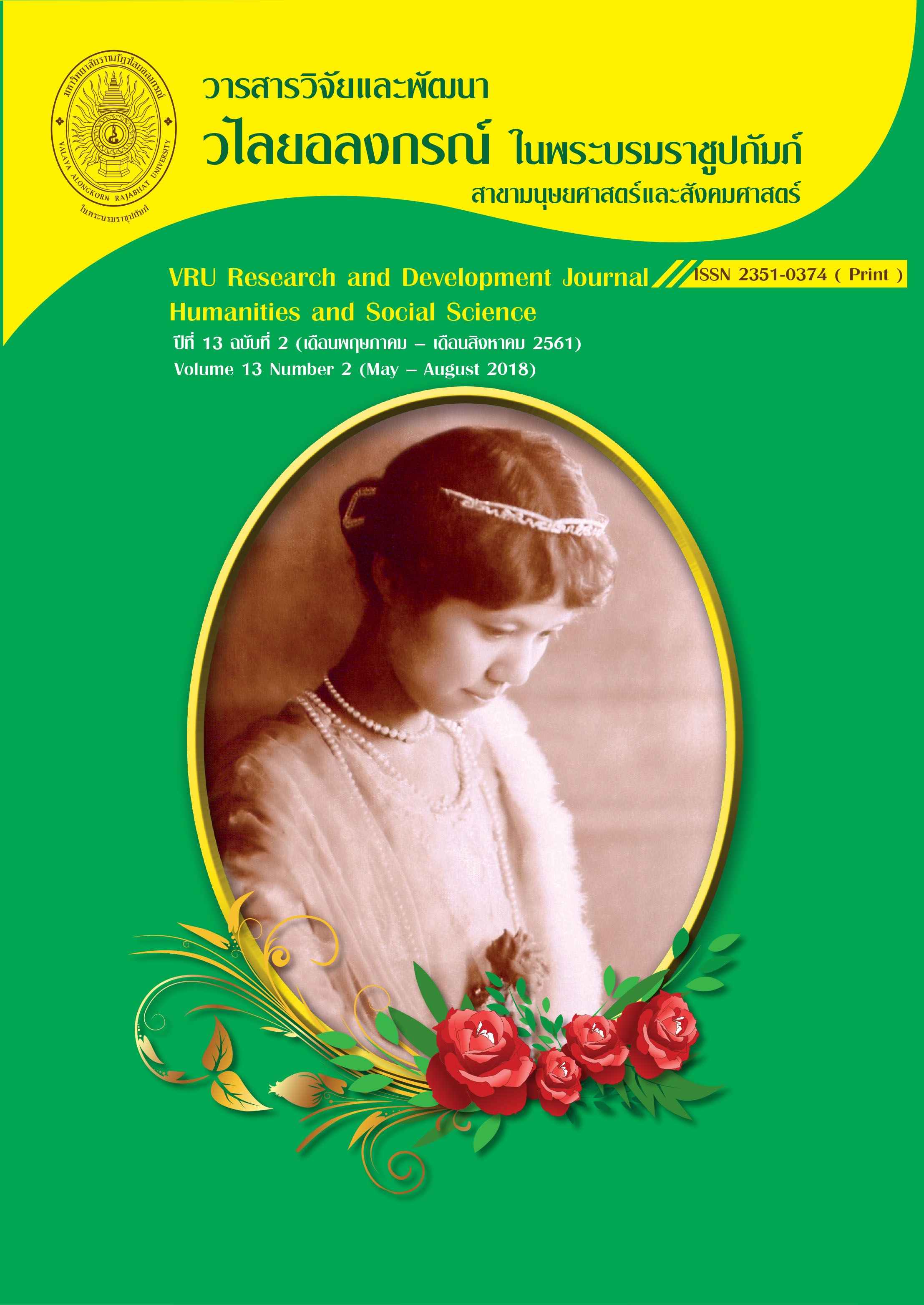THE TRANSITION OF THAI TV DRAMA FROM THE ANALOG TO THE DIGITAL ERA
Main Article Content
Abstract
The objectives of this research were to study factors that affected the paradigm in creation of TV drama, forms and content of TV drama, as well as the production process of TV drama during the transition from analog to digital era in the view of Thai TV drama producers. This study was a qualitative research collecting information from 13 persons who had been working for 10 years or more experience in TV production. Interview form was used as data collection tool. Data were analyzed using descriptive analysis
Ideological, belief, value factors, behavior, viewer demand, the expansion of the TV production industry, competition for viewership to try to gain a greater market share, and new media affect the creation of forms and content of Thai TV drama program. In term of the creation of forms and content of Thai TV drama program, it was found that new themes that reflected the way of life of people that had previously been outside the stream of public interest were created and have those people as main characters. New story was written using the out-of-sequence story telling in which a flash forward to a crisis situation is depicted at the beginning and then the rest of the story is presented in chronological order. A concise story telling was used to emphasize faster paced second-person narratives. In term of production process in digital era, digital cameras were used and more close up angles were used as well as new kinds of shots using hotheads and drones. Editing and special effects were done by computers. The images were recorded in high definition digital format. Broadcasting switched to digital TV stations, websites and Facebook Live. For promotion of TV drama program, sample scenes were presented on digital TV stations, websites, and Facebook. To motivate viewer to watch the program, the method of providing information about the program, such as the characters, a synopsis, and broadcasting dates and times via websites, Facebook and Line were used.
Article Details
ลิขสิทธิ์บทความวิจัยที่ได้รับการตีพิมพ์เผยแพร่ในวารสารมนุษยศาสตร์และสังคมศาสตร์ วไลยอลงกรณ์ ในพระบรมราชูปถัมภ์ ถือเป็นกรรมสิทธิ์ของคณะมนุษยศาสตร์และสังคมศาสตร์ มหาวิทยาลัยราชภัฏวไลยอลงกรณ์ ในพระบรมราชูปถัมภ์ ห้ามนำข้อความทั้งหมดหรือบางส่วนไปพิมพ์ซ้ำ เว้นแต่จะได้รับอนุญาตจากมหาวิทยาลัยเป็นลายลักษณ์อักษร
ความรับผิดชอบ เนื้อหาต้นฉบับที่ปรากฏในวารสารมนุษยศาสตร์และสังคมศาสตร์ วไลยอลงกรณ์ ในพระบรมราชูปถัมภ์ เป็นความรับผิดชอบของผู้นิพนธ์บทความหรือผู้เขียนเอง ทั้งนี้ไม่รวมความผิดพลาดอันเกิดจากเทคนิคการพิมพ์


